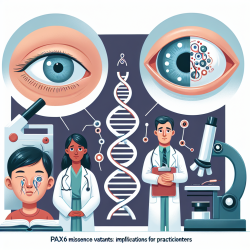Introduction
The prevalence of intimate partner violence (IPV) is a global concern, with one in four women expected to experience some form of IPV in their lifetime. A recent mixed-methods systematic review titled A Mixed-Methods Systematic Review: Infidelity, Romantic Jealousy and Intimate Partner Violence against Women sheds light on the relational drivers of IPV, particularly focusing on infidelity and romantic jealousy (RJ) as significant contributors. This blog aims to provide practitioners with insights from the review to enhance their skills in addressing IPV and to encourage further research in this critical area.
Key Findings from the Review
The review analyzed 51 studies from 28 countries, identifying a consistent association between real or suspected infidelity, RJ, and IPV. The findings suggest three overarching mechanisms and six pathways that link infidelity and RJ to IPV:
- Patriarchal culture and traditional gender norms, which perpetuate male dominance and control.
- Threatened masculinities and femininities, which arise when traditional gender roles are challenged.
- A lack of emotional regulation and conflict resolution skills, which exacerbates relational conflicts.
These mechanisms highlight the need for standardized measurement tools that distinguish between RJ and different types of infidelity (suspected, confirmed, and accusations).
Implications for Practitioners
Practitioners can leverage these findings to improve IPV interventions by focusing on the following strategies:
- Transforming Gender Norms: Programs should aim to challenge and transform traditional gender roles, promoting equality and respect in relationships.
- Enhancing Communication Skills: Couples-based interventions that focus on improving communication and conflict resolution skills can help mitigate IPV.
- Addressing Emotional Regulation: Providing training on emotional regulation can help individuals manage their reactions to jealousy and infidelity.
These strategies can be integrated into existing IPV prevention programs to create more effective outcomes for individuals and communities.
Encouraging Further Research
While the review provides valuable insights, it also highlights gaps in the current literature. Future research should focus on:
- Developing and validating standardized tools for measuring RJ and infidelity.
- Exploring the role of economic IPV and its impact on women's health.
- Conducting longitudinal studies to establish causality between infidelity, RJ, and IPV.
By addressing these gaps, researchers can contribute to a deeper understanding of the relational drivers of IPV and inform more targeted interventions.
Conclusion
The systematic review provides a comprehensive analysis of the relationship between infidelity, RJ, and IPV, offering valuable insights for practitioners and researchers alike. By implementing the findings and encouraging further research, we can work towards reducing IPV and improving outcomes for women worldwide.
To read the original research paper, please follow this link: A Mixed-Methods Systematic Review: Infidelity, Romantic Jealousy and Intimate Partner Violence against Women.










